How to Fix Windows 10 Freezes & Crashes after Anniversary Update
The much awaited update, known as the Anniversary Update for Windows 10 has opened up the Pandora Box of errors, freezes and system crashes for a large number of Windows 10 users. I feel like referring to Anniversary Update as the Death Anniversary Update because of the number of issues it has. Microsoft, should have tested it over and over again before releasing it to the public. One Reddit user says, the following which pretty much sums it up
Hi! Just updated my primary desktop. Everything went fine, no problems, but my whole system freezes after startup. After logging in everything works for like 20secs. After that if I only mouse over the Start area, taskbar, the black part simply, it freezes and I get a message that Microsoft Windows is not responding. After a couple of ninja startups and restarts I disabled every 3rd party program starting with windows. So it’s not that. I am hopeless and can’t afford to format this PC. Help me reddit, you’re my only hope…
In this guide, we will go through a couple of methods to try and resolve the crashes and freezes appertaining to the Anniversary Update. I would suggest trying Method 4, 5 and 6 first as they seems to have worked for a lot of users.
Method 1: Go Back to Previous Build
By going back to the previous build or doing a system restore, you’re going to defer the update. Taking Windows 10 back to the point before the Anniversary Update was installed will get you rid of the update. Chances are that in a few days, Microsoft will release patches and further updates to counter this issue so if you do a system restore or go back to the previous build, you can wait for a few days until further news from Microsoft and hopefully by then an update or a patch should be available to address the issue and keep the AU.
To do this, at the login screen HOLD the SHIFT key and click the Power (icon) located on the lower right corner. Whilst still Holding the SHIFT key choose Restart.
Once the System boots into the Advanced Mode, choose Troubleshoot and then choose Advanced Options. From Advanced Options, choose the option titled Go back to previous build.
After a few seconds, you will be asked to choose your User Account. Click on the User Account, key in your password and choose Continue. Once done, choose the option Go Back to Previous Build again.
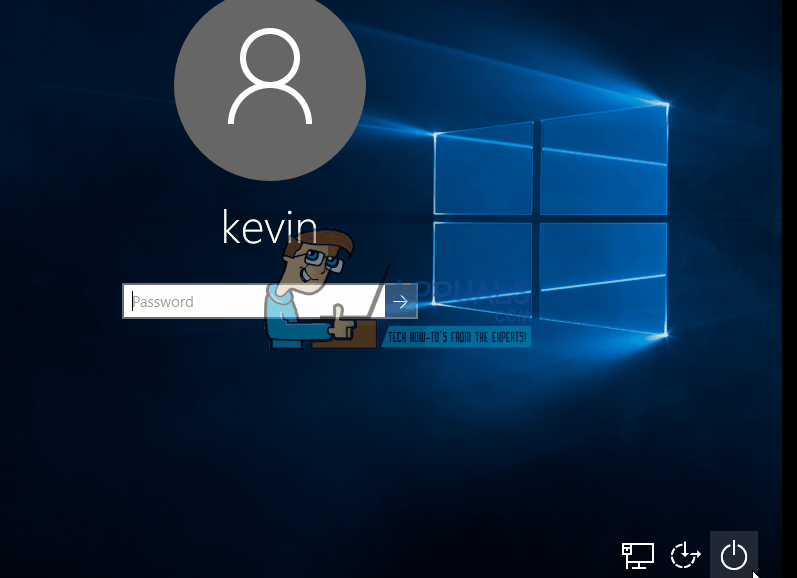
Method 2: Do A System Restore
To do a system restore HOLD the SHIFT key and click the Power (icon) located on the lower right corner. Whilst still Holding the SHIFT key choose Restart. (see the gif above for steps).
Once the System boots into the Advanced Mode, choose Troubleshoot and then choose Advanced Options. From Advanced Options, choose the option titled System Restore and then choose the Restore Point prior to the upgrade. After the system restore has finished, test/check if the issue is now resolved. If you do not have a SYSTEM RESTORE point available or if the system restore is disabled/not configured, then you should enable it for future. Click (here) to view the steps. The system restore won’t help at this stage if there are no system restore points.
Method 3: Uninstall Antivirus Software and Enable Windows Defender
Windows Defender is built into Windows and is provided as part of Windows 10. User’s have reported that uninstalling third party AV Software’s and enabling Windows Defender and updating it to the latest definitions have resolved the issue for some of the users. In my view, this does makes sense as it may be possible that during or after the upgrade third party softwares disabled certain features, or policies which prevented anniversary update from functioning. If this method doesn’t work for you, you can disable Defender and re-install your AV software’s once the issue has been resolved. In order to do this, follow the steps below.
Start your Windows 10 into Safe Mode. To do this, at the login screen HOLD the SHIFT key and click the Power (icon) located on the lower right corner. Whilst still Holding the SHIFT key choose Restart.
Once the system starts into the Advanced Mode, choose Troubleshoot and then choose Startup Settings and click Restart and then choose Option 5 by pressing 5.
After you are logged into Safe Mode, Create a Local User Account. Hold the Windows Key and Press X. Choose Command Prompt (Administrator).
In the black command prompt window, type the following two commands and replace username with your username (should be different) to the current username.
net user /add username password net localgroup administrators username /add
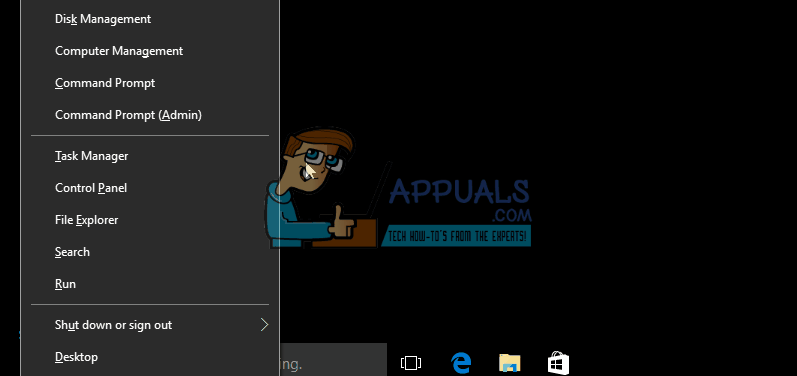
Once the user account has been created, Hold the Windows Key and Press R. Type appwiz.cpl and Click OK. Uninstall your AV Software and then reboot your PC. Login to the newly created user account in normal mode and close all open Windows and Press Windows + A Keys, choose All Settings and then choose Update & Security. Choose Windows Defender from the left pane, ACTIVATE IT. Turn off Automatic Sample Submission. Scroll down to the bottom and choose Open Windows Defender and then go to the Update tab and update it. Once this is done, reboot your PC and login to your normal account and test to see if the issue is now resolved, if not try the next Method.
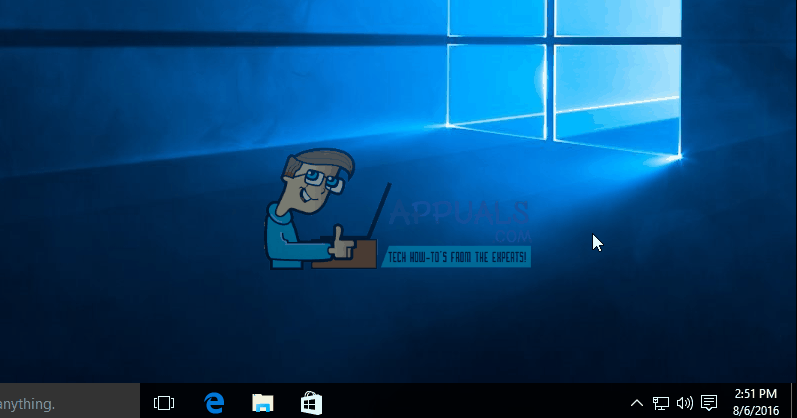
Method 4: Change Start value for AppXsvc
Boot your system back into Safe Mode. (see steps above). After logging into Safe Mode Hold the Windows Key and Press R. Type regedit and Click OK.
Browse to the following path in Registry Editor and change the value for Start to 4
HKEY_LOCAL_MACHINE\SYSTEM\ControlSet001\Services\AppXSvc
Once done, reboot PC back into Normal mode and then test.
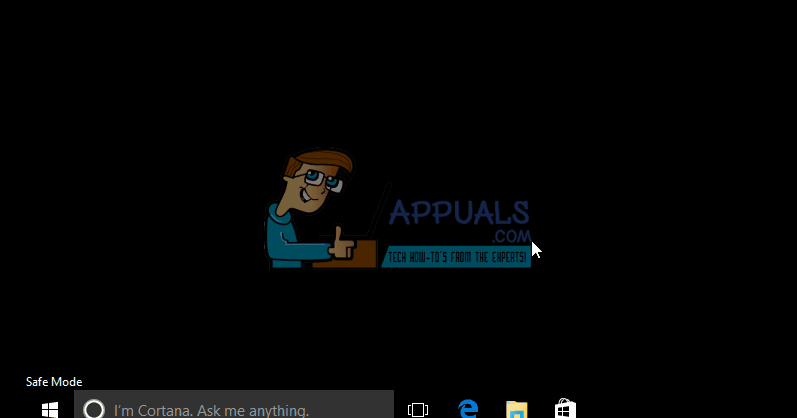
Method 5: Change the App Install Location
This method has also been trending and reportedly worked for a large number of users. Hold the Windows Key and Press A. Choose All Settings and then choose System. From the left pane, choose Storage and then change the location from under Save Locations. If it is not C:\ set it to C:\ if it is C:\ change it to your secondary drive.
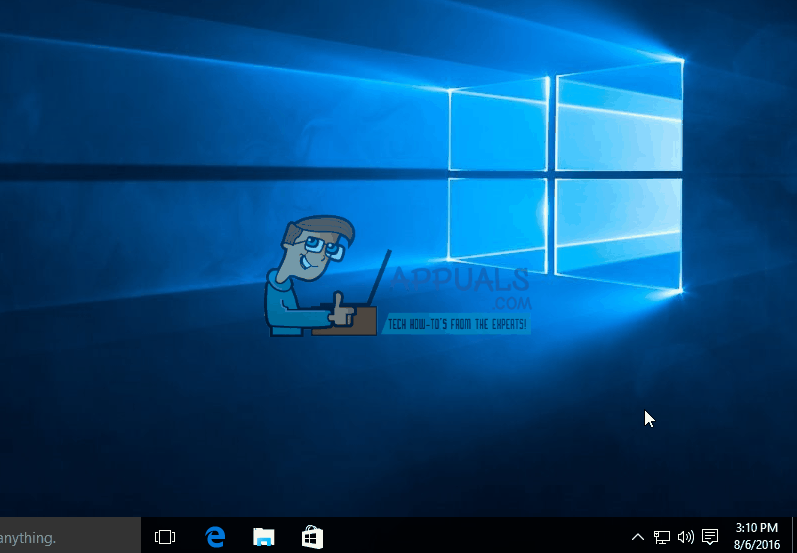
Method 6: Update/Install Intel Rapid Storage Technology
Download the latest Intel Rapid Storage Technology from here. Then reboot PC and see if the issue has been resolved or not.
Most of the methods are supposed to be performed in the Safe Mode, because logging into Normal mode without applying the fixes won’t allow you to make these changes. Since this is a recent issue if you guys can comment in the section below to let us know what has worked and the issues you faced, then that would help us improve this guide further.
If this article did not solve the issue for you, then read our previous post addressing How to Fix Windows 10 Freezing Randomly